Apple iPhone 4S: Thoroughly Reviewed
by Anand Lal Shimpi & Brian Klug on October 31, 2011 7:45 PM EST- Posted in
- Smartphones
- Apple
- Mobile
- iPhone
- iPhone 4S
History loves to repeat itself, and even Apple isn’t immune to the yearly cycle of rumor and release. Leading to each year’s iPhone refresh, excitement, rumors, and hype build to a fever pitch, features and designs are added into an increasingly unrealistic combination, and finally everyone is silenced at the device’s eventual unveiling.
Today we’re looking at Apple’s latest iPhone refresh, the iPhone 4S (henceforth just 4S).
The review has to start somewhere, and the path of least resistance is usually just exterior appearances - in this case the 4S is easy to go over. The 4S keeps the overall form factor and design of its predecessor, but to call it identical to the iPhone 4 isn’t entirely correct. Instead, the 4S borrows its stainless steel band break locations from the CDMA iPhone 4, which we talked about extensively when it finally released. The GSM/UMTS iPhone 4 previously had three notches, where the CDMA iPhone 4 and 4S have a total of four.
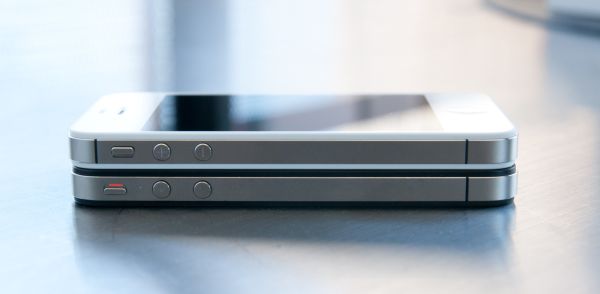
Top: iPhone 4S, Bottom: iPhone 4
The long and short of this change is that the notches have been moved around to accommodate a design with two cellular antennas. One is up at the very top, the other is at the very bottom - the two are the small U shaped portions. The result of this change is that the 4S has a very symmetrical design, as opposed to the GSM/UMTS 4’s asymmetric layout.
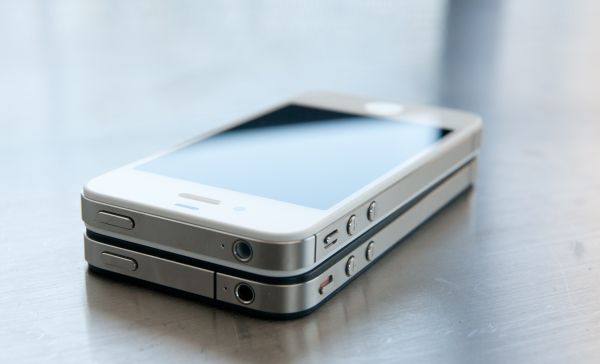 Top: iPhone 4S, Bottom: iPhone 4
Top: iPhone 4S, Bottom: iPhone 4
Just like the CDMA iPhone 4, the 4S also moves the vibrate/lock switch down the device just slightly to accommodate the new break for the top antenna band. This is the physical change that breaks compatibility with cases designed for the older GSM/UMTS iPhone 4. If you recall previously, however, Apple refreshed its bumpers with a new “Universal” line around the time of the CDMA iPhone 4 launch. At that time, case makers also followed suit with a larger vibrate/lock switch port. The result is that if you have a “universal” case created after the launch of the CDMA iPhone 4, you likely won’t need a new one for the 4S.
I say likely because some cases that cover the front of the 4S and are universal might not work as well owing to a small change in the placement of the 4S’ ambient light sensor. It’s going to be a case by case basis to determine which 4 cases that cover the front of the display work with the 4S.
The rest of the 4S exterior is superficially identical to its predecessor, which has become something of a point of contention for shoppers who like being able to identify themselves as owning a 4S, as opposed to a 4. There are, however, subtle differences you can leverage to tell the 4S from its two 4 brethren. The 4S includes the regulatory (FCC, recycling, European Conformity, e.t.c.) logos below its model numbers and FCC ID. The CDMA 4 doesn’t include those logos. Again, the GSM/UMTS 4 is alone with its three-notch stainless steel bands. It is admittedly curious that Apple hasn’t decided to make some other larger change to distinguish the 4S from the other two - there’s no mention of 4S anywhere on the phone. The iPhone 3G and 3GS were famously distinguished from each other by the inclusion of chrome iconography on the back. I fully expect Apple to update their identifying iPhone page with basically the above information at some point in time, but to say that the 4S is identical to the previous device is disingenuous.
The 4S design is without a doubt, however, an evolution of the CDMA iPhone 4’s design. Like the latter, the 4S includes the same improved vibration unit instead of the counterweight vibrator that most smartphones include. The result is a virtually silent, completely smooth vibrate, instead of the louder rattle and sharp acceleration that accompanies the counterweight vibration. The result is much less conversation-interrupting noise when the 4S vibrates during a call, and less intrusive notification.
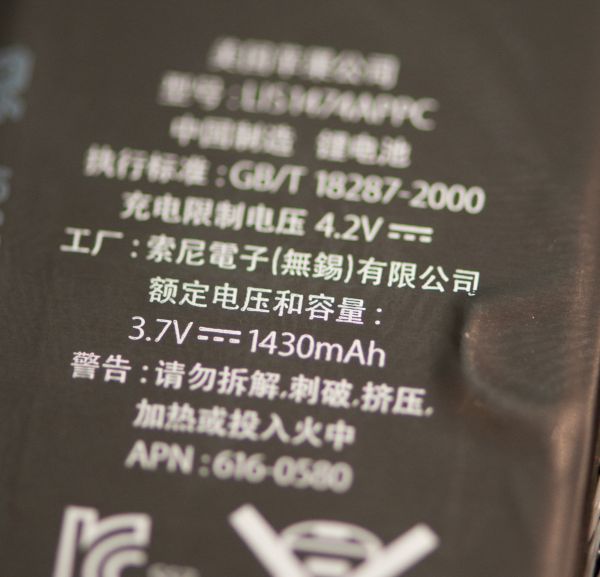
Battery capacity up to 1430 mAh
The other subtle change is an extremely small jump in battery capacity, from 1420 mAh in the 4 to 1430 mAh in the 4S. This is a very small change that boosts the capacity in watt-hours from 5.25 to 5.3. In addition the 4S puts on a little bit of weight, from 137 to 140 grams, but again nothing major.
Even the 4S packaging is basically the same as prior versions, including the same design and contents. Inside you get the phone, dock cable, headset mic, and the same smaller 5V, 1A charger that came with the 4.
| Physical Comparison | |||||||
| Apple iPhone 4 | Apple iPhone 4S | HTC Sensation | Samsung Galaxy Nexus | Samsung Galaxy S 2 | |||
| Height | 115.2 mm (4.5") | 115.2 mm (4.5") | 126.3 mm (4.97") | 135.5 mm | 125.3 mm (4.93") | ||
| Width | 58.6 mm (2.31") | 58.6 mm (2.31") | 65.5 mm (2.58") | 67.9 mm | 66.1 mm (2.60") | ||
| Depth | 9.3 mm ( 0.37") | 9.3 mm ( 0.37") | 11.6 mm (0.46") | 8.94 mm | 8.49 mm (0.33") | ||
| Weight | 137 g (4.8 oz) | 140 g (4.9 oz) | 148 g (5.22 oz) | 135 g | 115 g (4.06 oz) | ||
| CPU | Apple A4 @ ~800MHz Cortex A8 | Apple A5 @ ~800MHz Dual Core Cortex A9 | 1.2 GHz Dual Core Snapdragon MSM8260 | 1.2 GHz TI OMAP 4460 Dual Core Cortex A9 | 1.2 GHz Exynos 4210 Dual Core Cortex A9 | ||
| GPU | PowerVR SGX 535 | PowerVR SGX 543MP2 | Adreno 220 | PowerVR SGX 540 | ARM Mali-400 | ||
| RAM | 512MB LPDDR1-400 | 512MB LPDDR2-800 | 768 MB LPDDR2 | 1GB LPDDR2 | 1 GB LPDDR2 | ||
| NAND | 16GB or 32GB integrated | 16GB, 32GB or 64GB integrated | 4 GB NAND with 8 GB microSD Class 4 preinstalled | 16GB or 32GB NAND integrated | 16 GB NAND with up to 32 GB microSD | ||
| Camera | 5MP with LED Flash + Front Facing Camera | 8MP with LED Flash + Front Facing Camera | 8 MP AF/Dual LED flash, VGA front facing | 5 MP AF with LED flash, 1.3MP front facing | 8 MP AF/LED flash, 2 MP front facing | ||
| Screen | 3.5" 640 x 960 LED backlit LCD | 3.5" 640 x 960 LED backlit LCD | 4.3" 960 x 540 S-LCD | 4.65" 1280 x 720 Super AMOLED | 4.27" 800 x 480 SAMOLED+ | ||
| Battery | Integrated 5.254Whr | Integrated 5.291Whr | Removable 5.62 Whr | Removable 6.475 Whr | Removable 6.11 Whr | ||


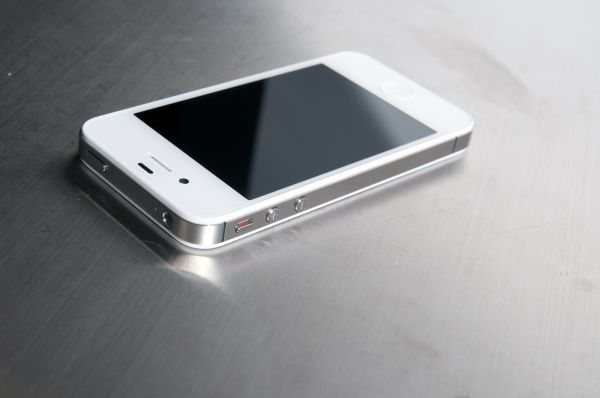

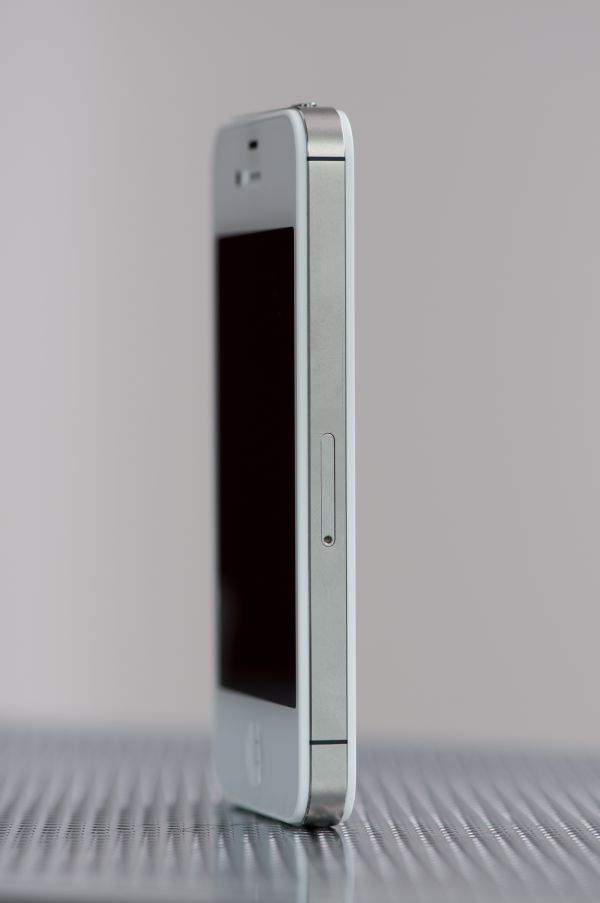














199 Comments
View All Comments
Lucian Armasu - Wednesday, November 2, 2011 - link
Anand, you said the GLbenchmark is the only good cross-platform graphics benchmark. Was GLBenchmark made originally for iOS? Don't you think that it could be biased (possibly unintentionally) towards shader performance in its scores, which would make it favor the PowerVR GPU's more?At the end of the day, these are all just syntethic benchmarks, and sometimes they could be way off from real world performance tests. So what if GLBenchmark doesn't give a too big score for stuff that the other chips are good at, like physics, geometry, whatever, and it gives higher score for shader stuff?
Another question, don't you think shader performance is starting to limit what the games can show about now? Will it really help games that much if they received 20x shader performance in the next 2 years?
thunng8 - Wednesday, November 2, 2011 - link
Glbenchmark was originally release for Linux, Symbian and Windows Mobile.thunng8 - Wednesday, November 2, 2011 - link
Also you do realize that Glbenchmark consists of many tests including some primitive tests like fill rate and Geometry?By other Gpu, do you mean the Mali-400 or GeForce ulp? The standout result I saw was how weak the Mali was at geometry being 4x slower while fill rate was less than 2x slower than the 543mp2
lemmo - Wednesday, November 2, 2011 - link
Thanks for the review, but did I miss analysis on audio quality... for music, not voice quality?You've started this with the Galaxy S2, really useful, and I believe you're developing your testing methodology. But any indication how the iPhone audio quality compares to S2, Prime and others?
cacca - Wednesday, November 2, 2011 - link
if nobody has photo-shopped the images at page 3 i not quite strenge that you have a better throughput.iPhone 4 test done at PM 4.24, a normal afternoon, with quite a lot of traffic
iPhone 4s test done at AM 3.34, a quite early bird, no problems or fight for resources with other phones
To you is normal to test at so different times? An for you there is no difference between a late afternoon and 3.34 in the morning?
bah
koinkoin - Wednesday, November 2, 2011 - link
I was wondering what the battery time is when you call with a headset. I do almost all my call with a headset to keep my hand free (on the wheel or keyboard). How much does this affect the battery time.Also I use a Blackberry and it always check for new email, I sometime read the mail while on the phone, when you do the talk time test is there a connection for email open?
koinkoin - Wednesday, November 2, 2011 - link
I was wondering what the battery time is when you call with a headset. I do almost all my call with a headset to keep my hand free (on the wheel or keyboard). How much does this affect the battery time.Also I use a Blackberry and it always check for new email, I sometime read the mail while on the phone, when you do the talk time test is there a connection for email open?
Griswold - Wednesday, November 2, 2011 - link
I dont think the results the new camera deliver are superior to the one in the iphone4. Judging by the vast number of shots Engadget compared between these two phones and a couple other premium phones, the iphone4s shows alot more noise than the older model, even in broad daylight. Its probably the increased pixel count, which cant be countered by the other improvements.Its not bad, but its also not better than the old camera. The old saying remains true: more pixels doesnt equal better pictures.
jwwpua - Wednesday, November 2, 2011 - link
In the section WIFI, GPS, AUDIO, SPEAKERPHONE, I don't see anything about the speakerphone. Is it louder? Any tests done? Clarity?Thanks, great review!
freezer - Thursday, November 3, 2011 - link
I think you should have the GPU benchmark using phone's native resolution. That would give more accurate results in real world gaming situation than running all phones using same resolution.The iPhone 4S 3.5" screen has much more pixels than Galaxy S2 4.3" screen which gives latter advantage in 3D speed. That is because the GPU has to draw every pixel in every frame. There's no way around it.
In fact running GL Benchmark 2.1 Pro High in native resolution gives very different results as Galaxy S2 comes at top:
http://glbenchmark.com/result.jsp?benchmark=glpro2...